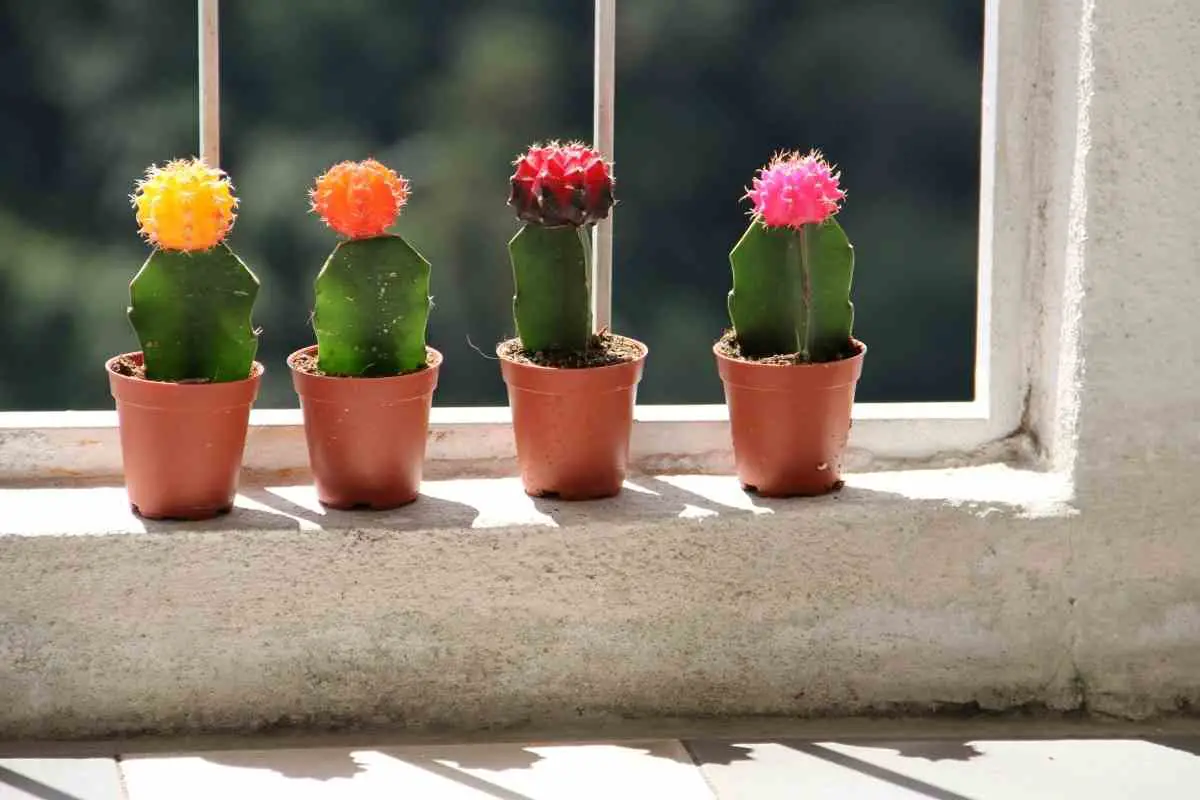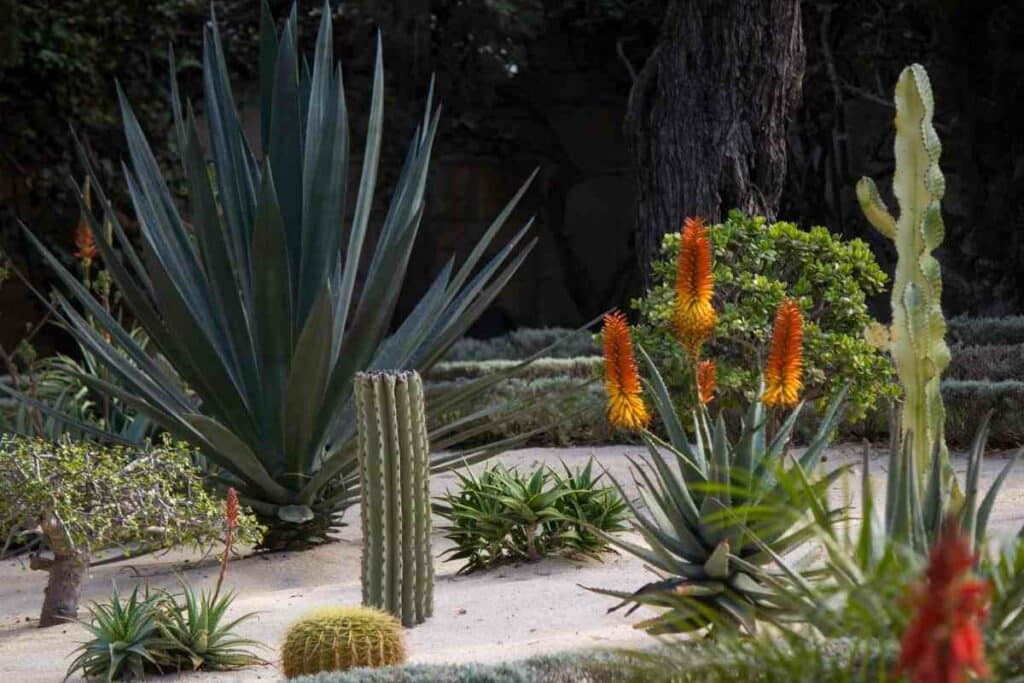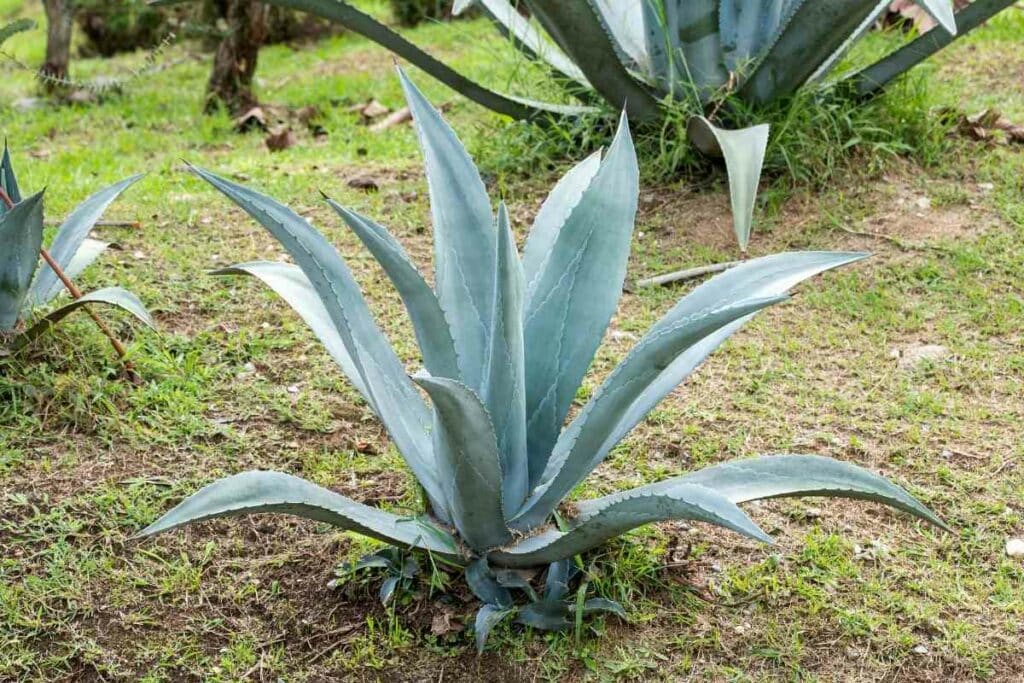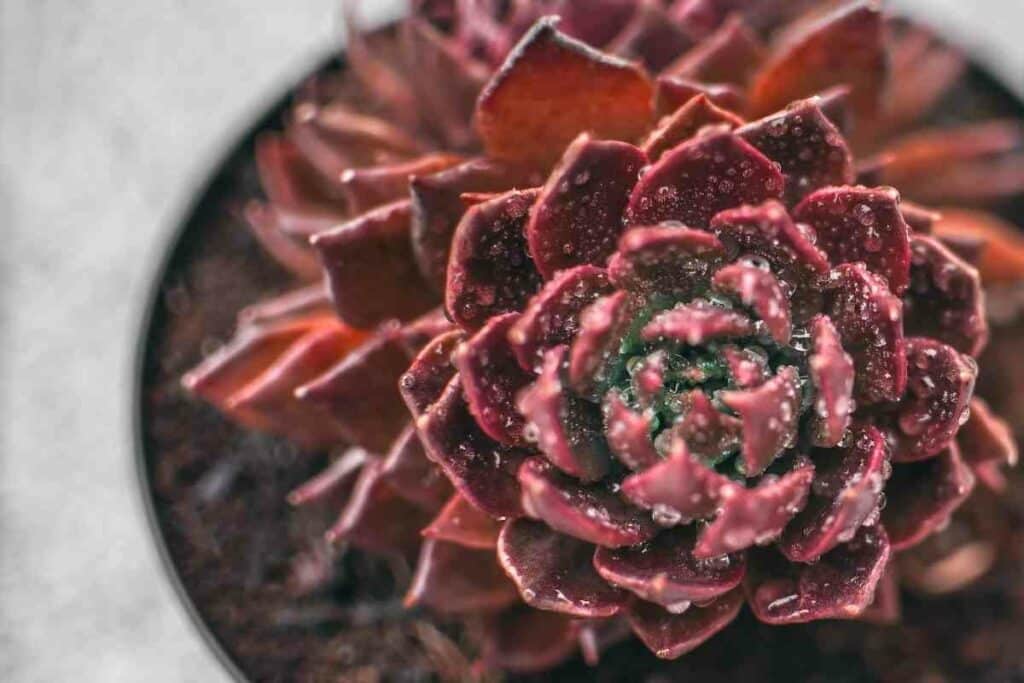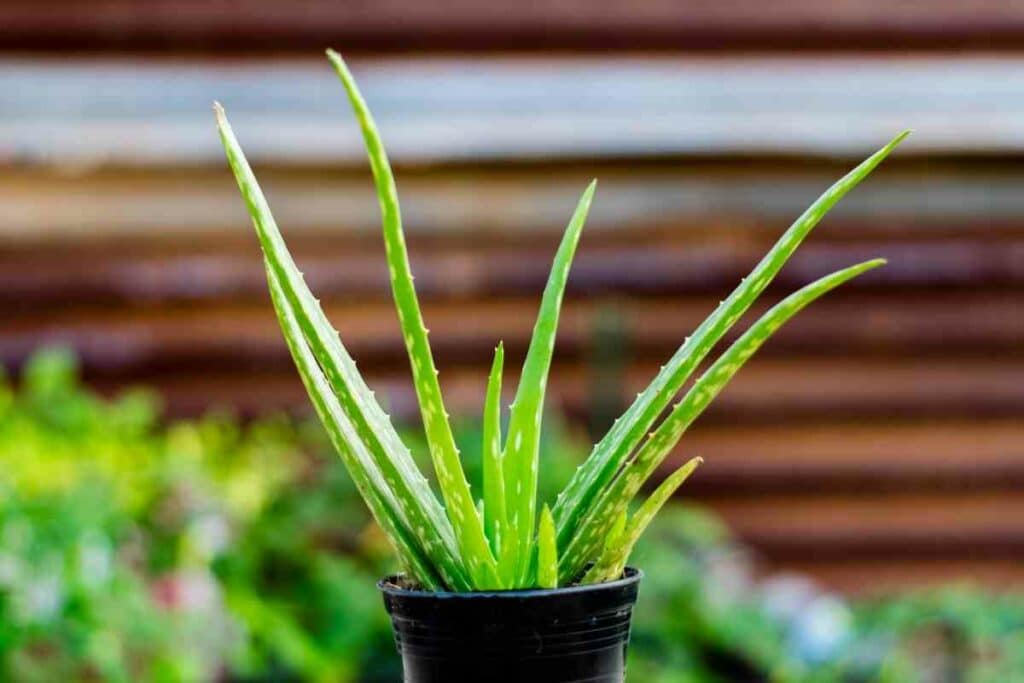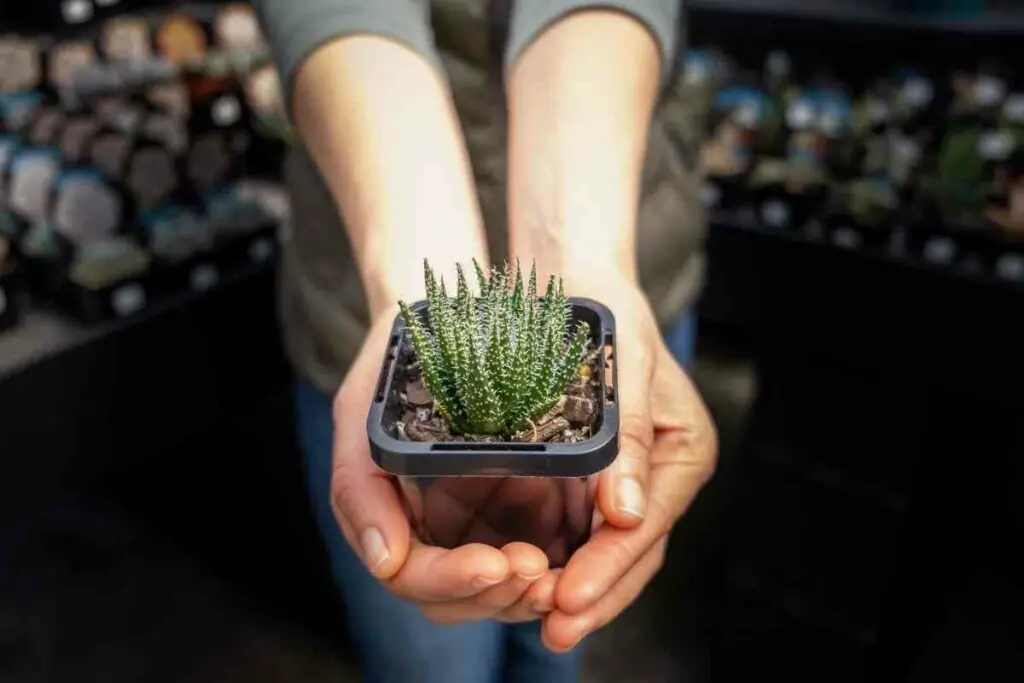Yes, cactus can experience excessive sunlight causing significant damage. Sunlight is essential for proper plant growth, but an excessive amount harms the plant’s structures, including leaves and stems changing their colors to orange and brown. In some instances, cactus may get a sunburn when exposed to extreme direct sunlight.
Sunburn causes a callous brown appearance giving the affected part a rougher texture than other cactus areas.
While you can prune the cactus’ stem or leave, the damage caused by sunburn is permanent on these sections.
Thus, if your cactus is affected, relocating it to a shady area with minimal direct sunlight exposure would be best.
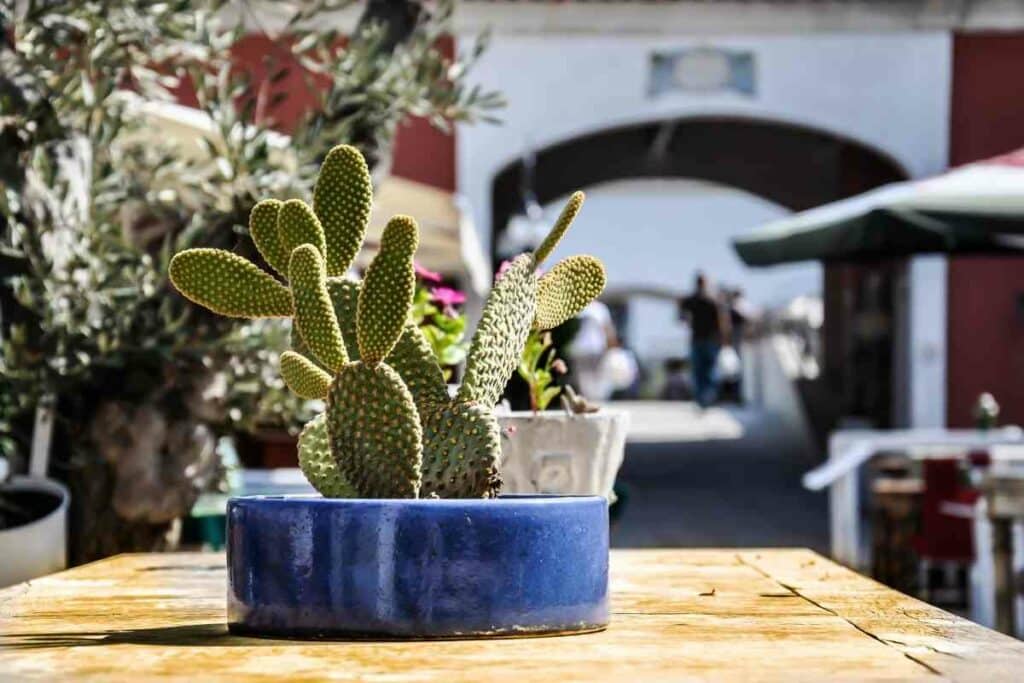
If you cannot change the cactus’ location, particularly to an area with less direct sunlight, then grant it sufficient time to adjust to the new surroundings.
You can achieve this by gradually minimizing the distance between the light source and your cactus for one or two weeks.
Have You Noticed: If your cactus exhibits calluses, sunburn, or a change of color, then that implies it requires reduced sunlight exposure.
Is Direct Sunlight Necessary for Cactus Growth?
No, most cactus species do not require direct sunlight to survive.
Most succulent plants, including cactus, flourish under sufficient light exposure and cool places without direct sunlight:
- If you plant your cactus indoors, it is best to place them close to the window with bright light.
- If you plant outdoors, identify a place within the compound with a shade to reduce exposure to direct sunlight.
Different cacti species endure direct sunlight based on their origin, and most suffer sunburn when exposed to intense sunlight.
Nonetheless, some species have developed several mechanisms to adapt to intense and direct heat.
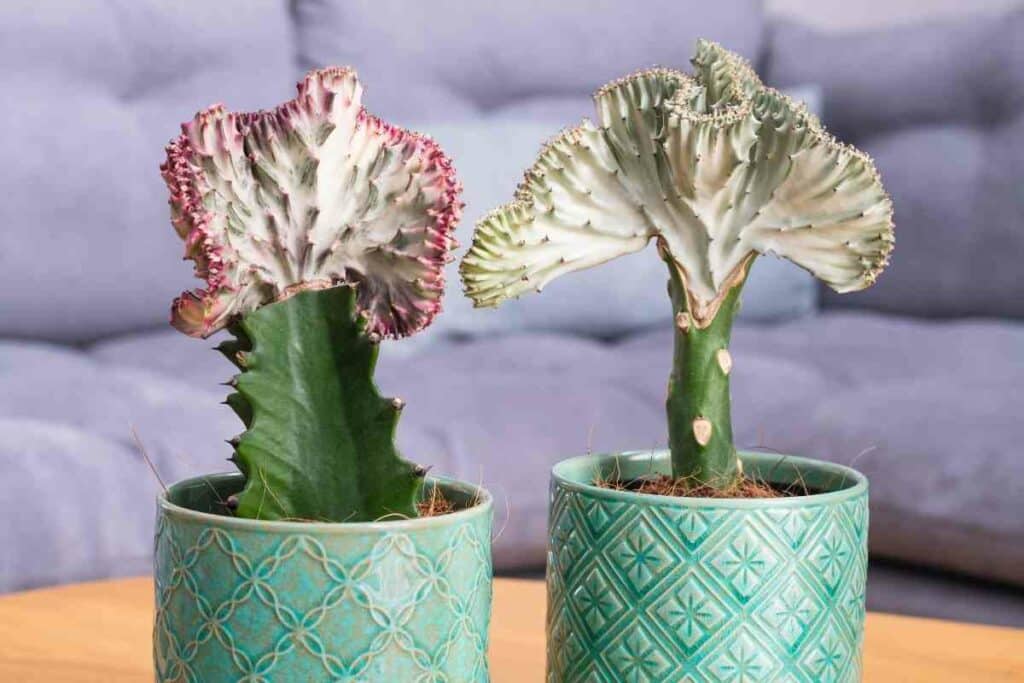
For your outdoor cactus, place them under taller plants before relocating them to areas with direct sunlight exposure.
The objective is to intensify sunlight exposure gradually to protect the plants from heat shock, sunburn, and callousing.
Did You Know? Most modern species like the Coral Cactus and Mistletoe Cactus are more vulnerable to scarring and sunburn.
How Does a Cactus Adapt to Varying Sunlight Exposure?
Cacti species with several spines adapt well to intense sunlight exposure, while those adapted to indoor conditions are more susceptible to sunburn and hardening when relocated to outdoor conditions abruptly.
Thus, you should always identify better ways to acclimatize your cactus to direct sunlight before gradually exposing them to intense heat.
Young cacti fail to grow well under intense heat, and you should give them more time before moving them outdoors.
Identifying the best outdoor location for your cactus can be challenging since sun rays hot differently at various times.
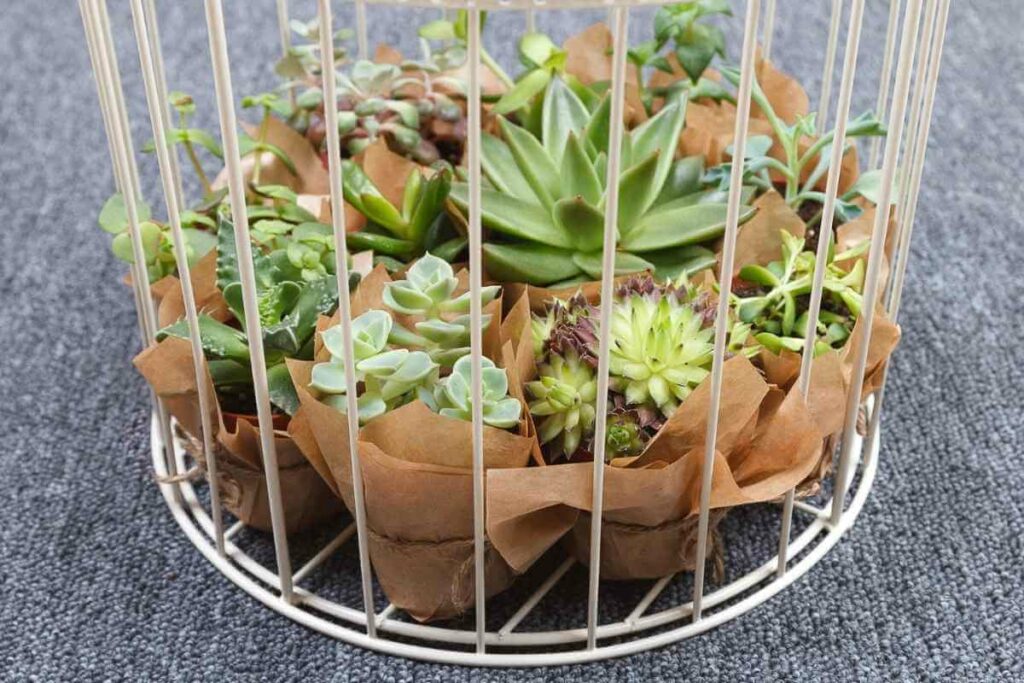
Some young cacti may adapt well to intense sunlight, while others respond positively to less heat, whether morning or evening hours.
You only have to expose your cactus to six hours of direct sunlight for optimum growth; they thrive in sunny and bright areas.
When cactus receives insufficient sunlight, they exhibit several signs such as etiolation. While elongation may be an efficient adaptation mechanism, it leads to stunted cactus growth and weaker stems.
Cactus lacking adequate sunlight may also become discolored or regain their initial green appearance.
Contrastingly, those accessing adequate sunlight exposure exhibit several bright colors and strong stems and leaves.
From Experience: You should monitor heat and sunlight exposure for your cactus to achieve proper growth patterns and better products.
How Temperatures Influence Cactus Growth
Temperatures often affect the cactus’ water uptake; high temperatures increase water absorption while low temperatures slow down the process.
Cold soil temperatures also contribute to root rot if the cactus remains in the same position for a long time.
Thus, regularly monitor temperature changes and soil texture before watering your cactus; only add water when the soil dries up.
If your region mostly experiences cool weather, then your cactus may require watering once every month due to slow water uptake.
As aforementioned, hot temperatures increase water absorption rates which could affect the cactus’ growth pattern.
For instance, if you position your cactus close to a window, increased temperatures could cause sunburn.
Besides Sunlight, What Else Do Cactus Require to Flourish?
Cacti require other factors for growth, namely water and adequate temperatures.
While your cactus requires less water for survival, water is still an essential growth component.
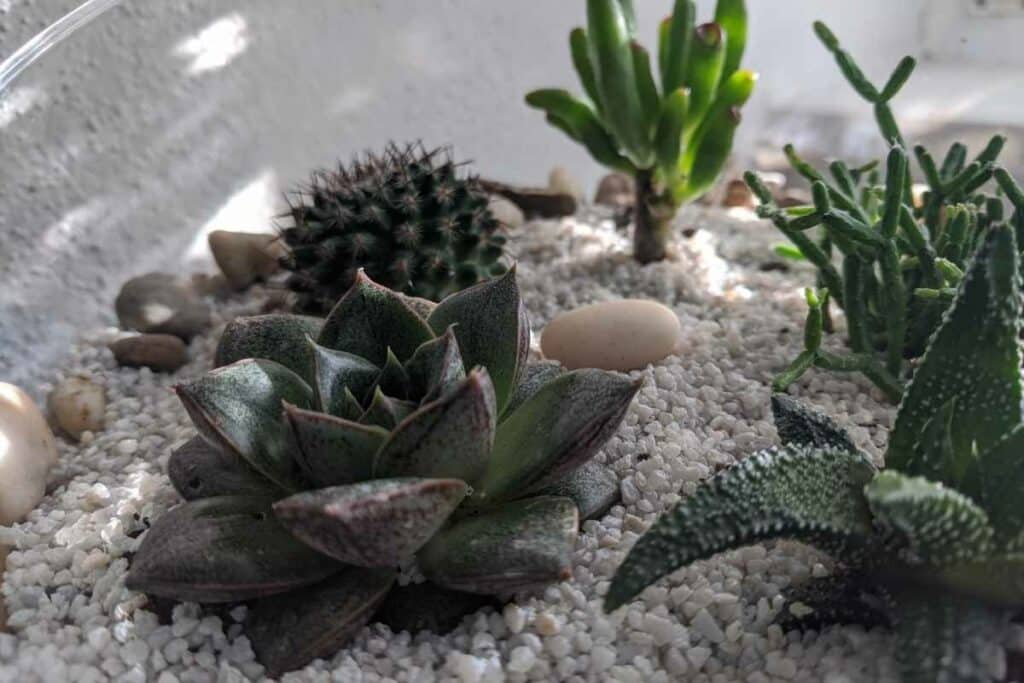
It would help to add water to your cactus during dry periods, especially when the stem appears like it is withering.
Always ensure you use plenty of water for the cactus; if the water dries up fast, add more till the cactus stops soaking up.
A cactus often requires watering once every week; insufficient water supply makes the cactus leaves discolored, faded, and pucker.
On the other hand, excessive water content makes the cactus mushy, develop root rot, and the stem turns brownish.
Final Thoughts
While cactus may be considered a desert plant, there is a limit to how much sunlight exposure it can tolerate.
This is mainly dependent on species, for example, the prickly pear cactus, do well under full sun exposure. Others, like coral cactus, require moderate sun exposure.
